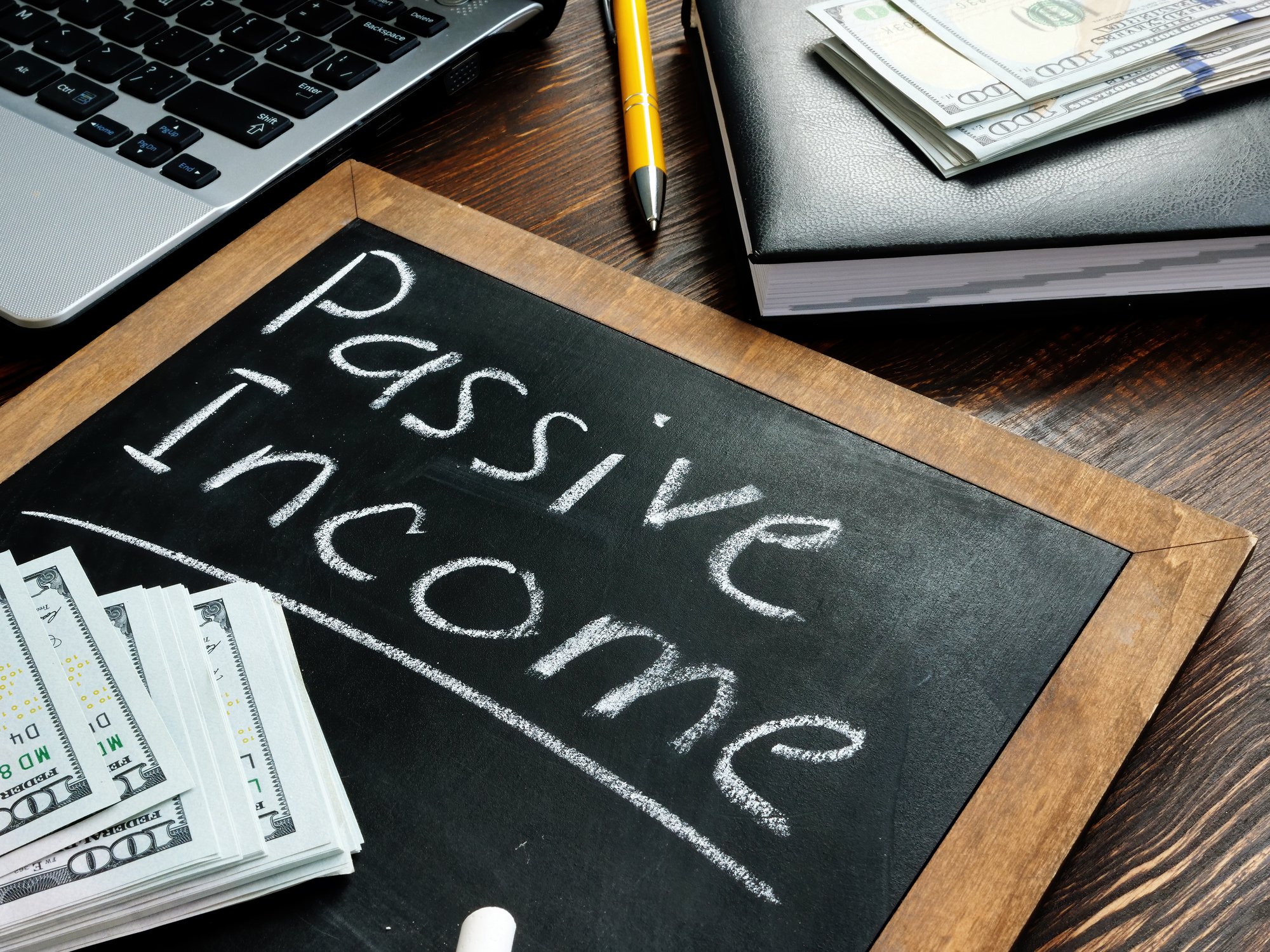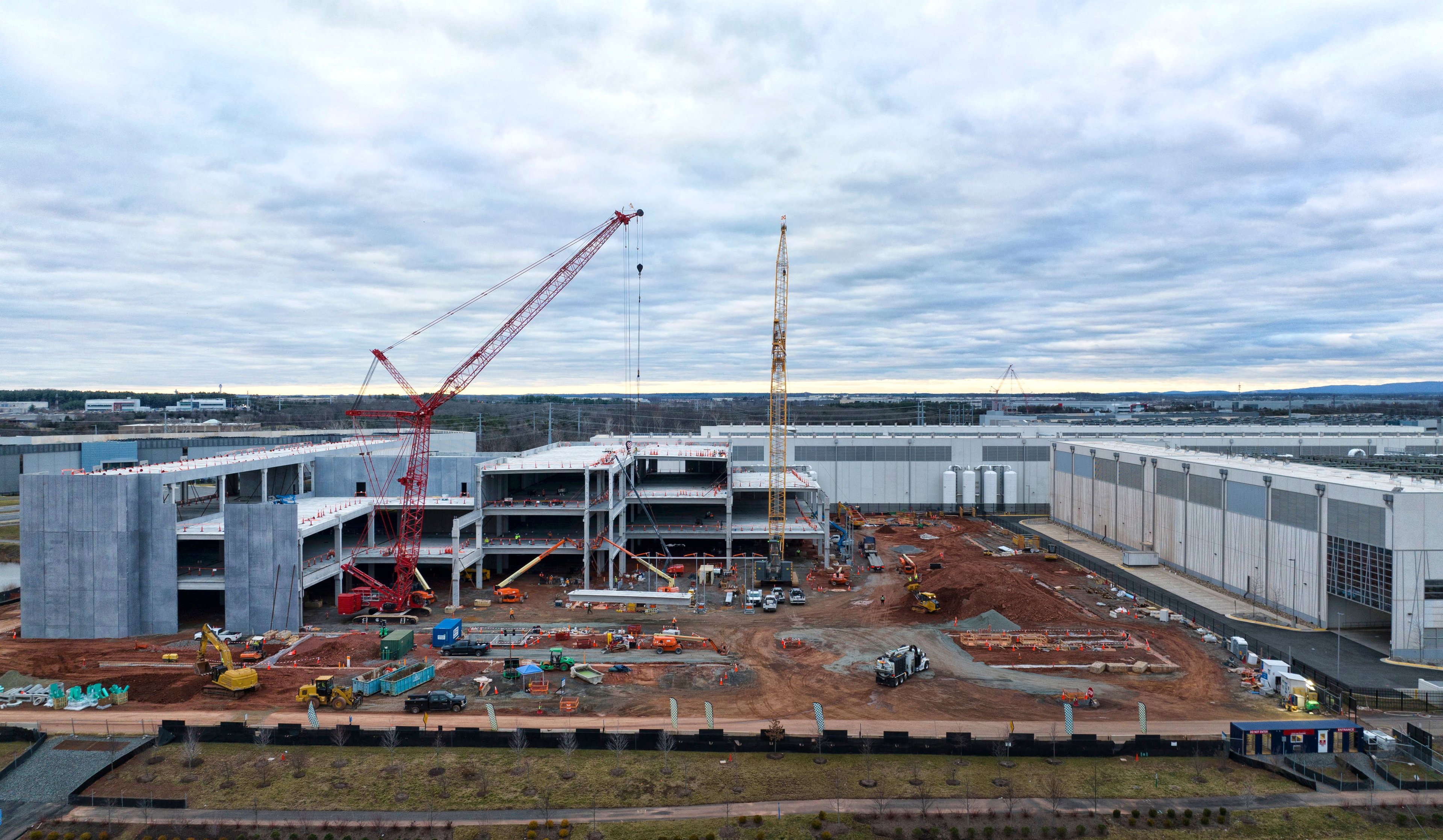
STAG provides properties for major tenants like this defense contractor. Source: STAG.
Real estate has been a hot area in recent years, with low interest rates helping to bolster the recovery in the sector following the financial crisis. Yet after years of success, companies like real estate investment trust STAG Industrial (STAG +0.68%) have started to see signs of a potential downward turn, with the stock performing badly as investors fear that low rates will give way in the near future to tighter monetary policy and higher bond yields. Coming into last Thursday's second-quarter financial report, STAG had already slumped to its lowest levels since late 2013, and even a reasonably solid set of results didn't give investors any more confidence in its immediate future prospects. Let's take a closer look at STAG and what you should take away from its latest report.
STAG keeps growing
Taken apart from the conditions in the REIT industry, STAG Industrial's results looked consistent with its past performance. Total revenue climbed by 27% to $52.8 million, with rental income leading the way with gains of better than 28%. Impairment charges and other one-time items contributed to a net loss for the quarter, but adjusted net operating income climbed by nearly 30%, and core funds from operations climbed 22%, although an increase in outstanding shares kept the FFO per share figure flat at $0.36.
Overall, STAG continued its general corporate strategy of making new acquisitions and ensuring maximum occupancy in the buildings within its portfolio. Occupancy rates for the quarter climbed back to 95%, reversing a drop in the first quarter. During the quarter, the company acquired a dozen industrial buildings, paying $83.8 million to bring its total commitment to date for capital spending to $381 million, or about 80% of its planned target for the year.
Not all of the news for STAG was good, though. On the leasing side of the business, STAG only managed a retention rate of 29%, with the exit of one major tenant having a disproportionate impact because of the relatively small number of lease expirations during the quarter. On a trailing basis, retention rates of nearly 69% look much more favorable, but renewals are still an area where STAG needs to work hard to remain as successful as possible. Still, with 15 leases executed during the quarter covering 2.1 million square feet, STAG continues to see healthy trends in the real estate market.
CEO Ben Butcher highlighted the positives of STAG's results, noting that "STAG's business and its execution are stronger now than at any point in the Company's history." In particular, Butcher pointed to growth in STAG's acquisition pipeline and improved internal efficiency as driving the REIT's growth higher.
Can STAG buck the Fed?
With such impressive results, it might seem strange that STAG's share price moved down by nearly 5% the day of its announcement. In part, the fact that STAG had to take an impairment charge might have made investors nervous about potential future writedowns. By itself, the $2.65 million impairment loss is hard to take as a serious problem, but if it foreshadows ongoing trouble if the Federal Reserve starts moving aggressively to raise interest rates, then STAG investors might simply be trying to anticipate future damage to the REIT's financials.
Another concern is that despite its share-price losses, STAG hasn't done anything to slow the pace of its sale of shares to help finance acquisitions. In fact, the pace of newly issued shares accelerated during the quarter, with the company raising $61.7 million in gross proceeds from the sale of almost 2.89 million shares at an average price of $21.36. Private placements of operating-partnership units also threatened further dilution, and the need to preserve STAG's strengthening bond rating makes raising capital through equity sales more attractive than issuing debt.
In future, STAG has to continue making smart deals and avoiding overpaying for new properties in an increasingly competitive environment. If interest rates do start to climb, then investors will have to watch closely to make sure the impact on the commercial real estate market isn't more extreme than what most people already expect. Otherwise, being overly exposed to a declining market could be costly for STAG's prospects.






